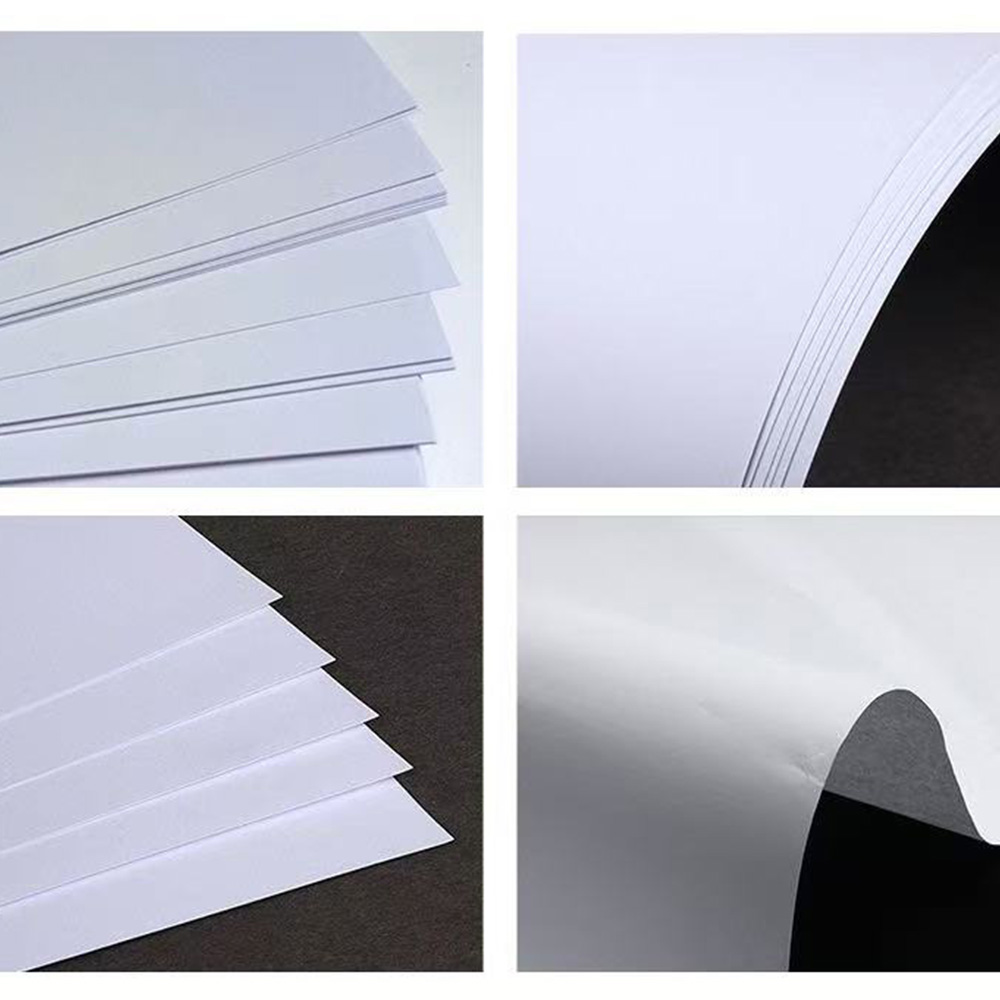Offset paper—also called uncoated woodfree (UWF)—is made primarily from chemical pulp. It’s sized and calendered but not pigment-coated, giving a natural look, good writability, and reliable print performance for books and business print.
Key Characteristics
Uncoated feel: low glare, comfortable reading; pen-friendly surface.
Balanced ink absorption: stable halftones for text/line art; color saturation lower than coated stocks.
Opacity & body: fuller hand at the same GSM; pages turn crisply.
Dimensional stability: good register and bindery performance with proper makeready.
Typical Specs (reference)
GSM: 70–120 gsm (text/manuals), 140–200 gsm (posters/thicker pages), 220–300 gsm (covers/cards).
Shade: from natural/off-white to bright white—choose by reading comfort and brand look.
Formats: rolls and sheets for offset and high-speed inkjet/digital.
Printing & Finishing
Processes: sheetfed/web offset and digital. Control ink/water balance and dot gain (TVI) to avoid scumming and fill-in.
Color strategy: for large solids or high saturation, consider higher screen quality, add spot colors, or switch to coated paper.
Finishes: saddle/perfect bind, folding, die-cut, creasing, foil, spot UV, lamination; films generally adhere well to uncoated.
Watch-outs:
Low GSM can show-through—raise GSM or optimize ink laydown.
Linting/dusting: choose suitable inks/powders and moderate press speed.
Common Applications
Books & journals: novels, education, inner pages of art/catalog titles prioritizing readability.
Business stationery: letterheads, envelopes, forms, price lists, manuals.
Brand collateral: handbooks, notepads, posters, calendars.
Light packaging/inserts: hangtags, belly bands, info cards (when heavy structural strength isn’t required).
Comparisons
- Coated (art) paper:offset paper excels in writeabilityand low glare; coated stocks deliver richer color and finer detail.
- Cartonboard (SBS/FBB):offset paper is thinner/more flexiblefor print pieces; cartonboard provides stiffness/support for formed boxes.
- Recycled grades:recycled offset boosts sustainability with a slightly rougher look—balance appearance and eco goals.
Sustainability & Compliance
FSC/PEFC options; ECF/TCF pulping available.
Compatible with water-based coatings and solvent-free adhesives. For food-adjacent uses, confirm migration/compliance per grade and region.
Sourcing & Proofing Tips
Selection: balance shade, GSM, stiffness to the use; for long-read content, consider off-white and mid GSM.
Color proofing: provide digital/wet proofs and LAB/Pantone targets; keep stock consistent across reprints.
Process validation: test large solids, foil/UV, and laminations on small samples first.
Storage & environment: maintain moisture balance; store around 45–55% RH to prevent waviness and curl.
Bottom line: Offset paper offers a natural aesthetic, excellent writability, and stable print behavior, making it a first choice for books and business communications. For projects demanding high color density and gloss, consider coated stocks or pair with finishing to elevate appearance.
